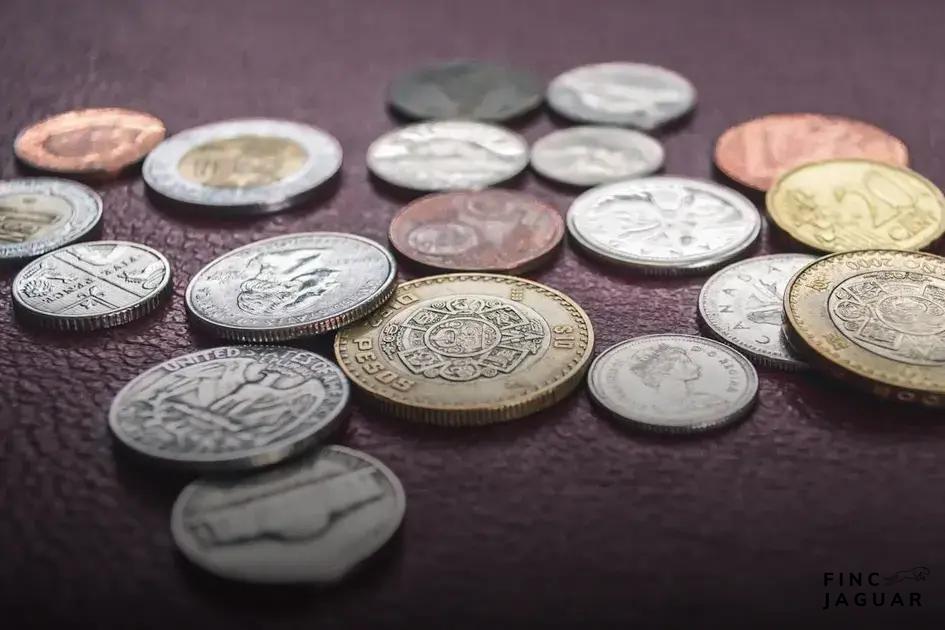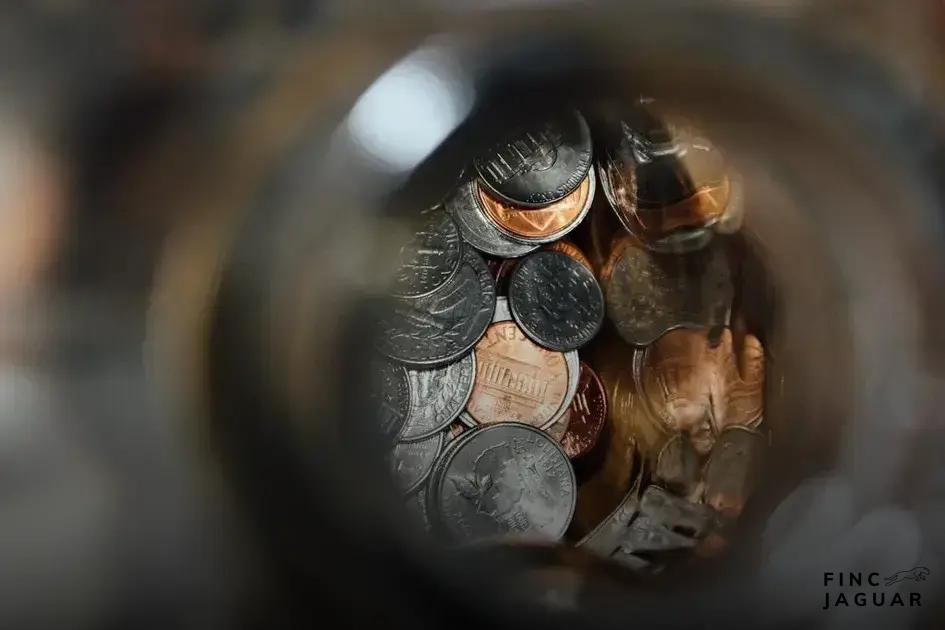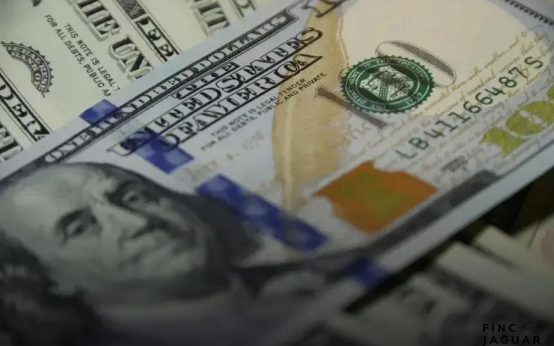Discover the innovative world of NFTs and how they’re revolutionizing asset tokenization. By understanding the basics of NFTs, you’ll see the profound impact they have on real-world assets. This guide will explore their use in tokenizing assets, covering essential legal considerations and future trends. Equip yourself with the knowledge to leverage NFTs effectively and transform how you interact with various assets.
Understanding the Basics of NFTs
Non-Fungible Tokens, or NFTs, represent unique digital assets verified using blockchain technology. Unlike cryptocurrencies like Bitcoin or Ethereum, each NFT is distinct and carries individual value. This uniqueness makes NFTs ideal for representing assets such as art, collectibles, and even real-world properties.
In asset tokenization, NFTs serve as digital certificates of ownership or proof of authenticity. Each NFT contains specific information, stored on the blockchain, about the asset it represents. This immutability and transparency provide trust in transactions.
NFTs also allow for fractional ownership. This means a single asset can be divided into multiple NFTs, enabling multiple stakeholders to own a portion of high-value items like real estate.
Understanding smart contracts is crucial in the NFT ecosystem. These contracts automate transactions, enforce terms, and ensure compliance without a third party, eliminating the need for intermediaries in many cases.
The rise of NFTs has opened up new possibilities for innovation across industries. From art to real estate, tokenizing assets provides new liquidity streams and investment opportunities.
Tokenizing Real-World Assets with NFTs

The concept of tokenizing real-world assets through NFTs is a rapidly growing trend. By transforming physical items into digital tokens, owners can leverage blockchain technology to enhance security, transparency, and liquidity. NFTs, or non-fungible tokens, serve as unique digital representations of an asset, making it far easier to trade or sell.
To tokenize an asset, the item in question is first documented and verified. This process involves capturing detailed information and creating a digital record. Once the asset’s details are established, an NFT is minted on a blockchain. This NFT becomes a digital certificate of ownership, ensuring authenticity and provenance.
Strong legal frameworks are crucial for this process, guaranteeing that the digital token accurately represents the asset’s rights and ownership. In addition, smart contracts can be employed to automate various aspects of asset management, such as transfers and rental agreements, enhancing efficiency and reducing transaction costs.
Tokenization democratizes access to investment opportunities, allowing individuals and businesses to purchase fractional shares in high-value assets, such as real estate or art. This opens up new avenues for portfolio diversification, enabling even small investors to partake in traditionally inaccessible markets.
The use of NFTs for asset tokenization also introduces novel challenges, including regulatory compliance and technological scalability. As this space evolves, these issues must be addressed to ensure broader adoption and trust in NFT markets.
Legal Considerations for NFT Asset Tokenization
Before diving into NFT asset tokenization, it’s vital to be aware of the legal landscape. Regulations can vary widely between jurisdictions, impacting how NFTs can be used and traded. Research local laws to understand any limitations or restrictions on digital asset ownership and transfer.
One of the first considerations is the classification of NFTs. Are they considered securities? This classification affects the way they need to be handled legally. Check if NFTs might fall under specific financial regulations.
Intellectual property rights are another critical aspect. Ensure you have all necessary rights or licenses to tokenize a real-world asset as an NFT.
Tax implications
should not be overlooked. Selling, buying, or exchanging NFTs might have tax consequences. Consult with a tax professional to understand how these transactions may impact tax obligations.
Finally, consider privacy and data protection laws, particularly if the tokenization process involves personal data. Ensure compliance with data protection regulations such as GDPR.
Future Trends in NFT Asset Tokenization

The landscape of NFT asset tokenization is rapidly evolving, and several trends are shaping its future. One significant trend is the increasing integration of blockchain technology into traditional sectors such as real estate, art, and even commodities. This integration opens new avenues for fractional ownership, allowing more people to invest in high-value assets traditionally reserved for the wealthy.
Another rising trend is the development of interoperable platforms and standards. These platforms aim to make tokenization and the trading of NFTs more seamless across different ecosystems. This interoperability is crucial for enhancing liquidity in the NFT markets, making it easier for investors to buy, sell, or trade their holdings.
Moreover, innovations in smart contract functionalities are enabling more complex transactions and automated processes, reducing the need for intermediaries. This automation not only cuts costs but also increases transaction speed and security.
Sustainability is also becoming a focal point, with new blockchain networks and consensus mechanisms emerging to reduce the environmental impact of NFT minting and trading.
Finally, regulatory frameworks are being developed worldwide to ensure transparency and security in NFT transactions. These frameworks could provide more legitimacy and trust, attracting institutional investors searching for new and innovative asset classes.





